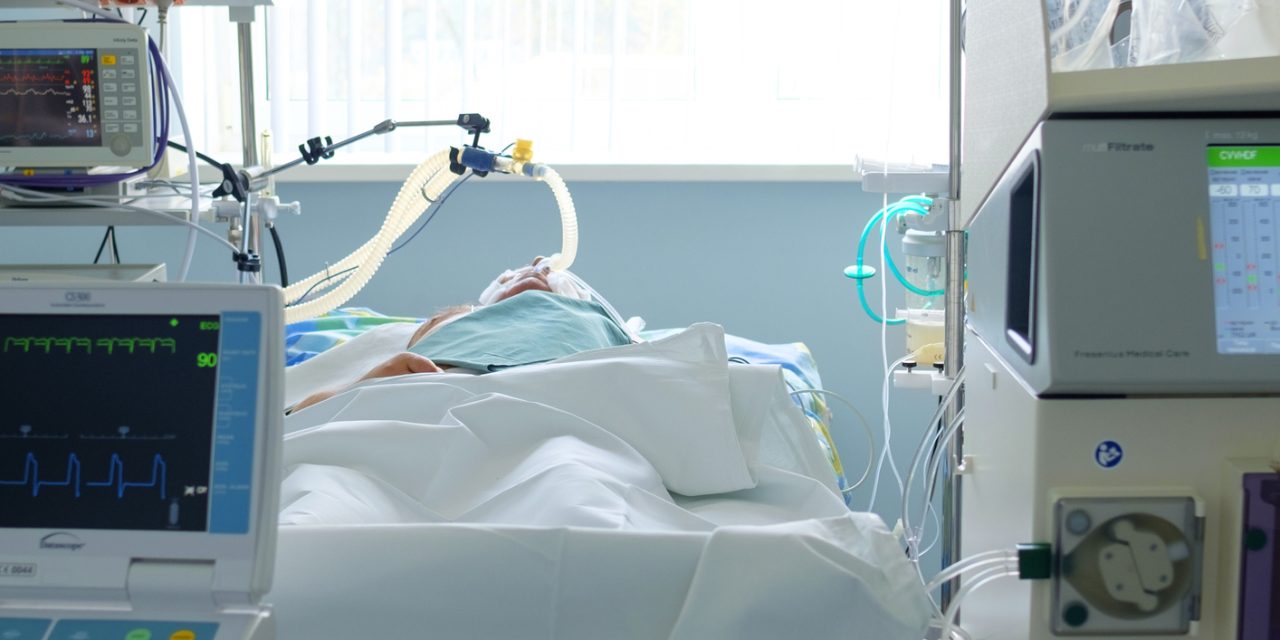Spontaneous bacterial peritonitis (SBP) is common in hospitalized cirrhotic patients with ascites and carries high mortality. This study aimed to determine whether early diagnostic paracentesis (EDP) <12 h of hospitalization conveys an intermediate-term (6-month) survival benefit in cirrhotic patients diagnosed with SBP.
Consecutive US veterans with cirrhosis diagnosed with SBP over 13 years at a single VA medical center were reviewed retrospectively. Kaplan-Meyer analyses assessed the effects of EDP on survival.
A total of 79 cirrhotic patients were diagnosed with SBP (61.8 ± 8.8 years, = 77 male, = 52 [66.8%] Caucasian, = 23 [29.1%] African-American). Underlying liver diseases included hepatitis c viral infection (HCV) (17.5%), alcohol (28.6%), alcohol and HCV (30.1%), and cryptogenic/metabolic (15.9%). Median baseline model for end-stage liver disease (MELD) was 12 (range 6-34), and median MELD at presentation was 18. Seven subjects had a history of hepatocellular carcinoma (11.1%), and 26 (41.3%) presented with sepsis. Thirty-three (52.4%) subjects died within 6 months after the SBP admission. Of the subjects, 41 (65.1%) underwent EDP, of which 23 (56.0%) survived at least 6 months, compared to only 7 of the 22 patients (31.8%) undergoing paracentesis >12 h from presentation ( = 0.057). The maximal benefit of EDP on survival was observed beyond days 14 and 30; at these time points, no statistical difference in mortality was discernable ( = 0.55 and 0.71). In a multivariate model including age, MELD at admission, hepatocellular cancer, and sepsis criteria, EDP (p 0.034) positively impacted patient survival at 6 months.
EDP is associated with improved 6-month mortality in cirrhotic patients with ascites. In this veteran cohort, EDP was as important as MELD as a predictor of intermediate-term survival.
© 2019 The Authors. JGH Open: An open access journal of gastroenterology and hepatology published by Journal of Gastroenterology and Hepatology Foundation and John Wiley & Sons Australia, Ltd.
Survival benefit associated with early detection of spontaneous bacterial peritonitis in veteran inpatients with cirrhotic ascites.


